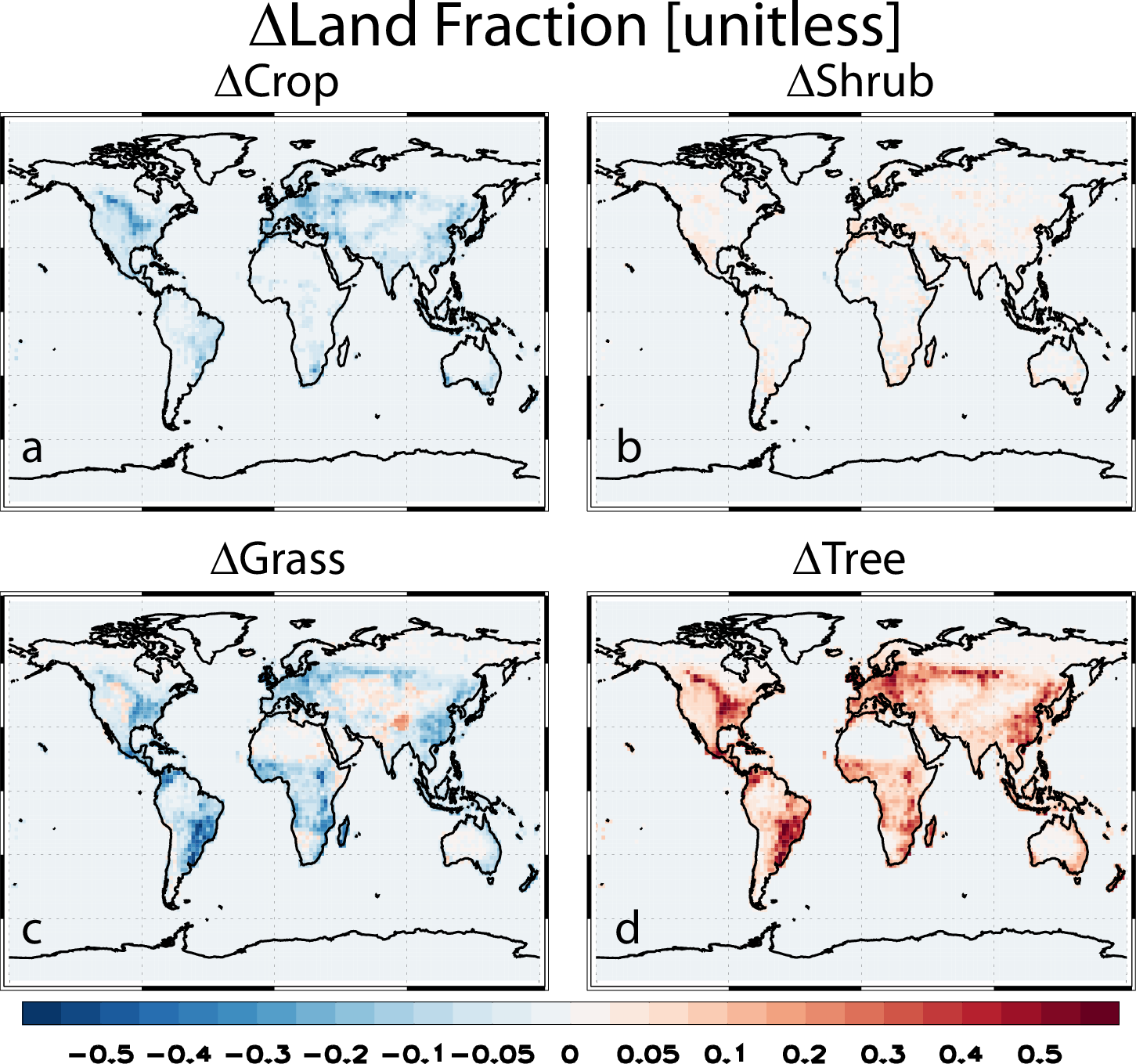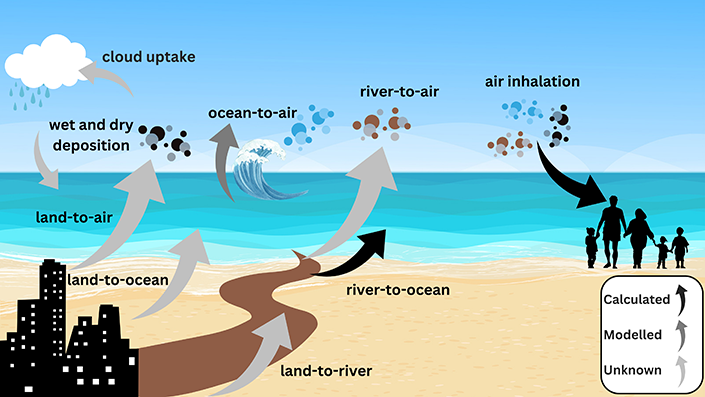2025-05-29 カリフォルニア大学リバーサイド校(UCR)
<関連情報>
- https://news.ucr.edu/articles/2025/05/29/does-planting-trees-really-help-cool-planet
- https://www.nature.com/articles/s43247-025-02343-9
大気化学が樹木修復の気候緩和ポテンシャルを高める Atmospheric chemistry enhances the climate mitigation potential of tree restoration
Robert J. Allen,Yu-Chi Lee,Antony Thomas,David Duarte,Mohima Sultana Mimi,Kai-Yuan Li,Brianna Wenzel,Joon-Gu Jeon & Olivia E. Clifton
Communications Earth & Environment Published:13 May 2025
DOI:https://doi.org/10.1038/s43247-025-02343-9

Abstract
Although tree restoration, including reforestation and afforestation, can enhance carbon sequestration and help mitigate climate change, this negative forcing can be strengthened or weakened through non-carbon cycle biogeophysical factors, including atmospheric chemistry. Here, we conduct climate modeling experiments with and without atmospheric chemistry driven by a high-end tree restoration scenario. Under both frameworks, the biogeophysical effects drive global mean warming due to surface darkening. This warming is muted in the Southern Hemisphere due to enhanced evapotranspiration. Furthermore, there is less warming—especially in the Southern Hemisphere—under interactive atmospheric chemistry, largely due to enhanced organic aerosol and cloud effects. Biogeophysical effects mute 45% of the biogeochemical cooling associated with enhanced land carbon storage, which decreases to 24% with atmospheric chemistry (including methane). Thus, higher climate change mitigation potential of tree restoration results from atmospheric chemistry effects, which are not usually considered.



